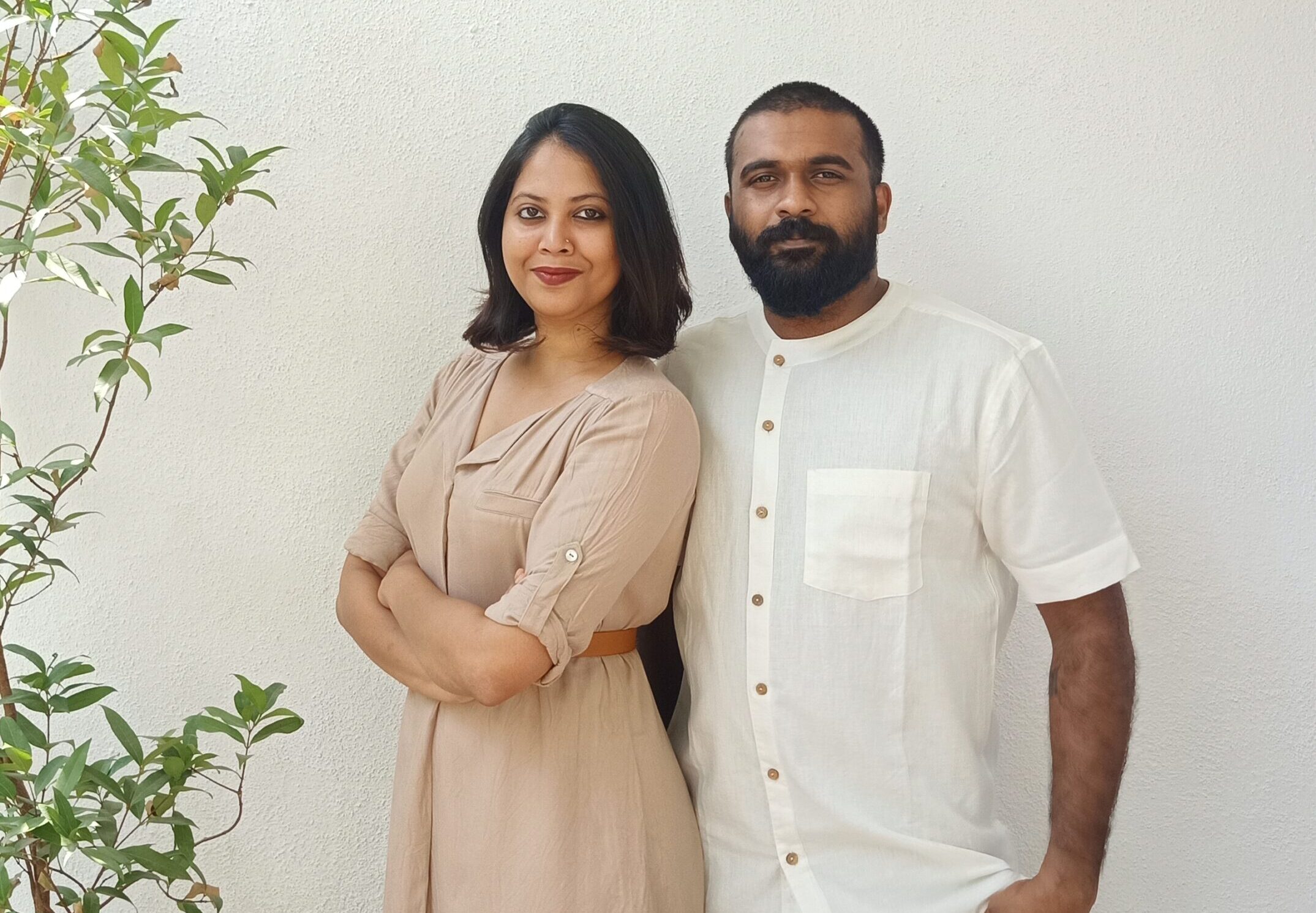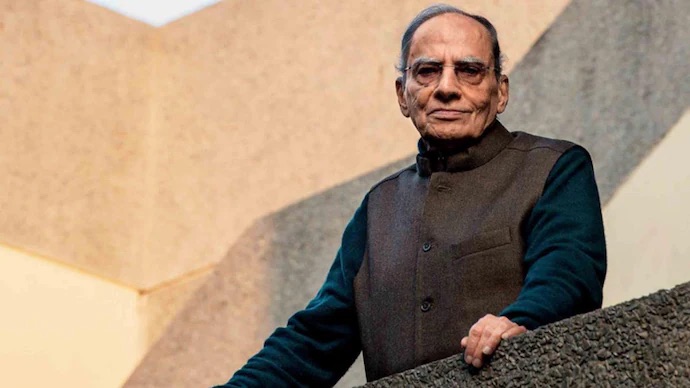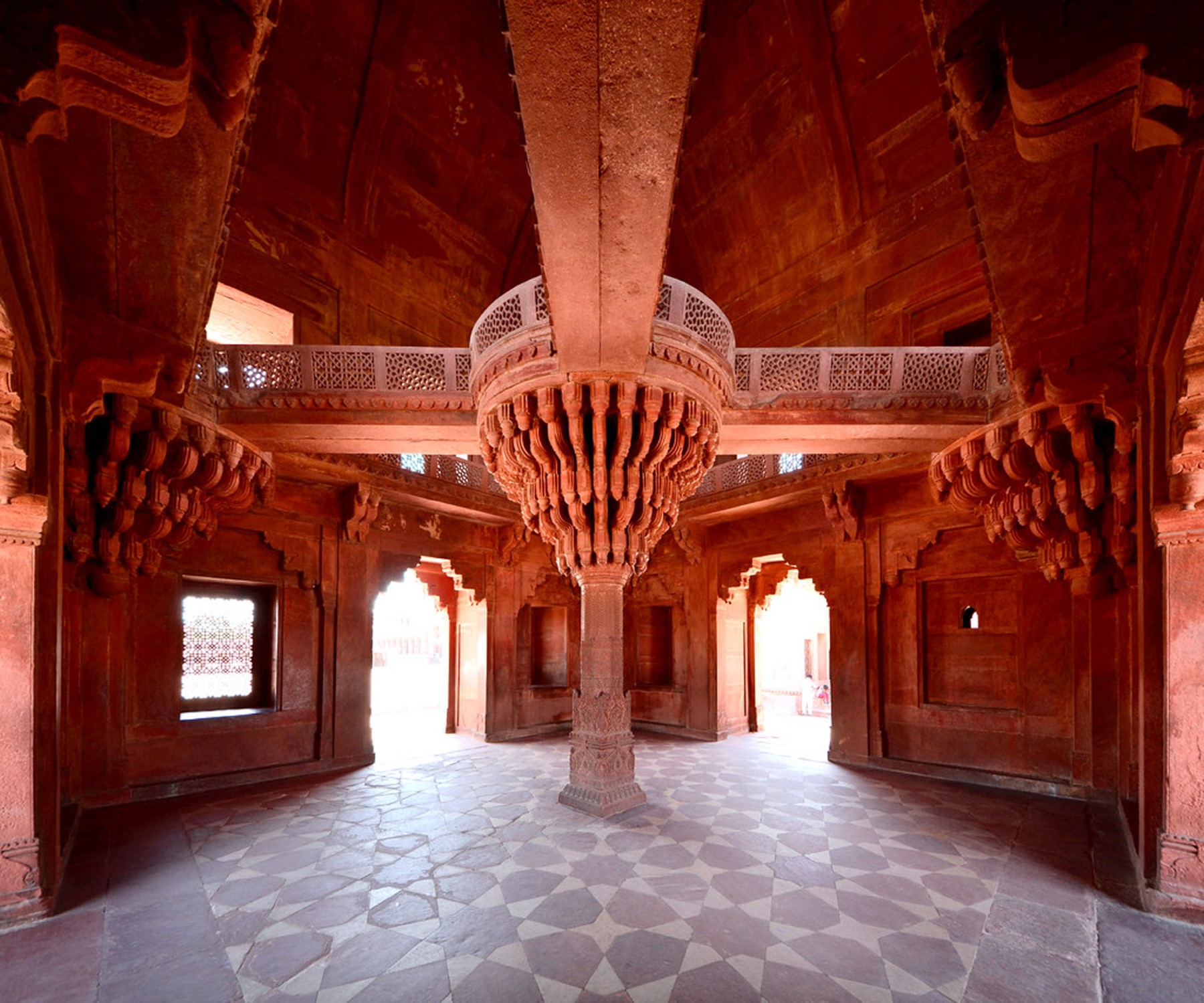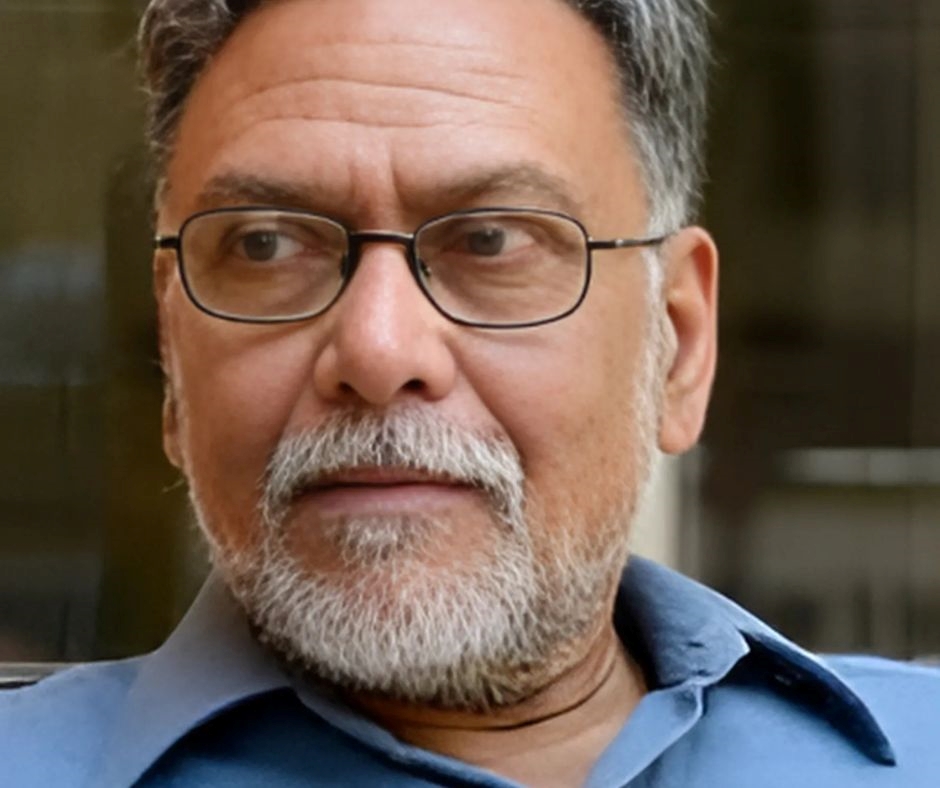What type of projects were you involved in around the lockdown period?
We were working on a few different interior projects, one of which was in Mumbai. We used this time to ideate more and get our R&D right. The production for the ongoing furniture projects had come to a standstill. However, furniture designing was still on.
What were the generally seen challenges and experiences for your practice during the lockdown?
One of the major challenges faced was coordinating work online for the design wing. We had to reinvent how we worked. Working from home was especially difficult because we had household chores added to our lists and were draining out often. We set up daily morning and evening calls to discuss progress and stay connected.
How have you handled your studio staff resources during any hiatus in the lockdown?
Having a highly driven team made sure that we supported each other. Whenever we had extra time, we diverted our minds to learning from as many online platforms and talks as possible.
Did you face any challenges for your monetary resources in your practice during the lockdown?
Having a model where all our furniture is made according to the orders, and no inventory being kept, we didn’t have too many overheads.
Though the decision to have this model was for a sustainable way of working such that we don’t waste effort and products, it made sense financially as well. The design work was still on and we had wonderful clients who were ready to wait for the products. This ensured we could keep our team intact.
Did you find new studio functioning methods necessary to continue work during and after lockdown?
The lockdown has helped us in truly separating work from personal life. We continue to work from home sometimes which gives us flexibility when needed.
Any calls or emails that come in after work hours are not attended to immediately but are responded to promptly the next working day.
Describe the on-site staff network associated with your practice and what challenges did they face?
Other than our craftspeople and designers who are our permanent employees, we also work with Contractors who help realise our designs. It was a challenging time for them since they had many teams of labourers who were on their payroll and supporting them without a steady flow of projects was difficult.
About your practice:
Please let us know about the founding year, principals, team and studio.
Aanai was founded by Gayathri Padmam and Nikhil Haridas, a wife and husband duo, in Bangalore. Gayathri is an architect with a keen interest in sustainability and working with natural materials. During her practice as an architect, she noticed that despite designing spaces based on the context and user, the furniture within was mostly store-bought, which resulted in a force-fit. This planted the seed for Aanai, where ‘No one size fits all’ is their design philosophy, not just for their spaces but also for their furniture.
Before co-founding Aanai, Nikhil was a contributor in the Advertising industry, having worked on the branding and marketing requirements of companies in the furniture, real estate and hospitality industries. His core belief of “each problem requires a unique solution” resonated with the design philosophy that Aanai has adopted. He oversees the operations of the company while ensuring that they stay true to their vision and mission. Additionally, we have a team of 3 designers, 10 craftspeople and support staff.
What are some of the processes and work methods unique to your practice?
Also, as a studio, we are driven by craft since the crux of what we do revolves around the craftspeople. Working closely with them helps us understand design better and keeps us rooted!
We have very strict work timings. We work from 9:30 to 5:30 and ensure we don’t work beyond that or on Weekends. I believe this has made our team much more efficient. It is very important to us that our designers have time to indulge in interests other than work!







